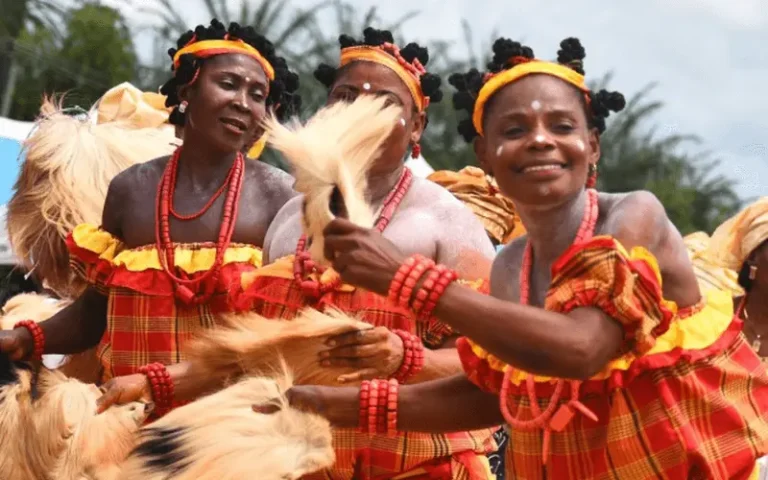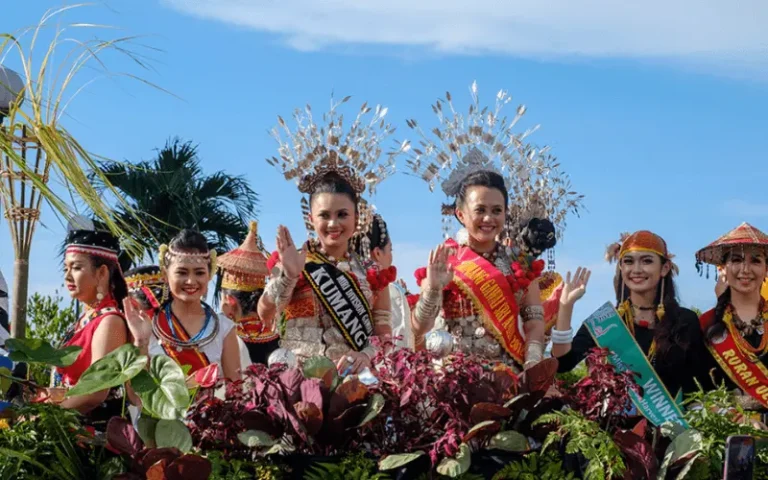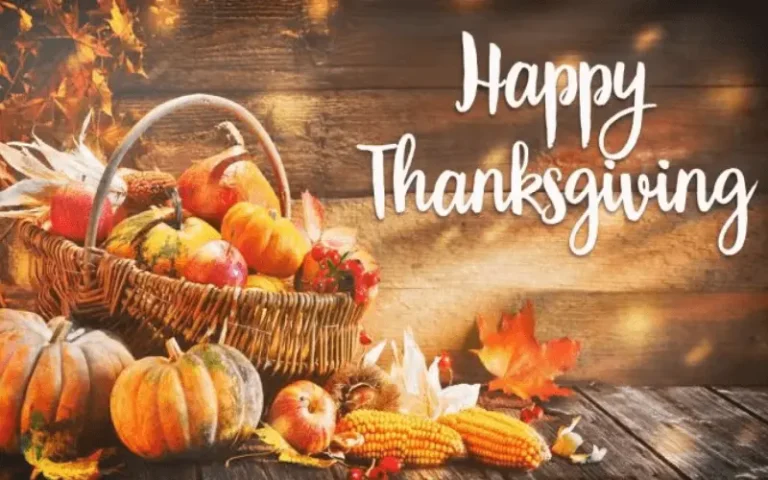Mabon(Autumn Equinox)| All You Need To Know About Pagan Thanksgiving
Autumn whispers its arrival when Mabon comes around. The days start getting shorter, and nature starts changing its colors. Mabon is like a bridge between seasons, saying hello to the “dark half” of the year.
So, with a warm cup in hand, let’s dive into the magic of Mabon, discovering its history and origin. Who celebrates Mabon, How Mabon is celebrated, and interesting stories that make this time so special. You will know all about this festival till the end of this article.
Stay tuned.
What is Mabon?
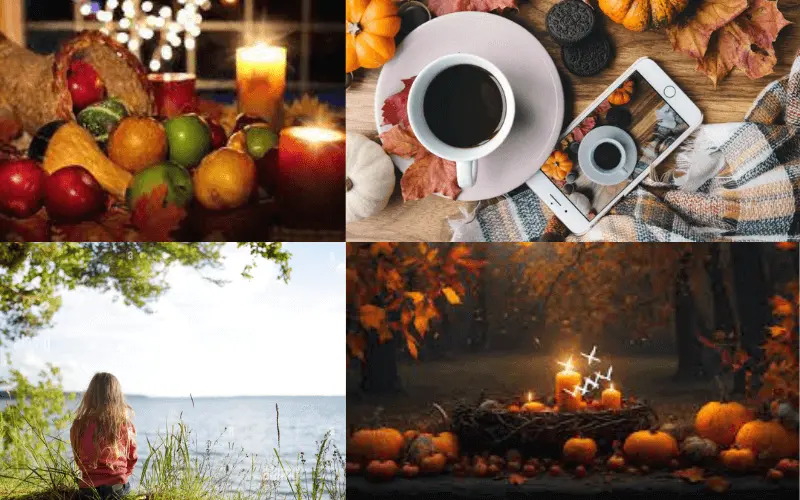
Autumn Equinox (Mabon) also called Pagan Thanksgiving. Mabon pronounced Mah-bon or May-bon is a significant celebration that represents the height of nature’s abundance that marks the onset of autumn when daylight and nighttime share an equal balance. The Autumnal Equinox traces back to ancient times when it was primarily a festival commemorating the second harvest. Farmers gathered a variety of delightful produce like pumpkins, grapes, and apples during this time.
In modern times, The Autumnal Equinox continues in the spirit of these age-old traditions. It’s a moment to express gratitude to Mother Earth for her abundant gifts both tangible and heartfelt. Additionally, The Autumnal Equinox encourages introspection, prompting individuals to reflect on the year’s successes and to let go of what no longer serves them.
What’s the Origin of Mabon?
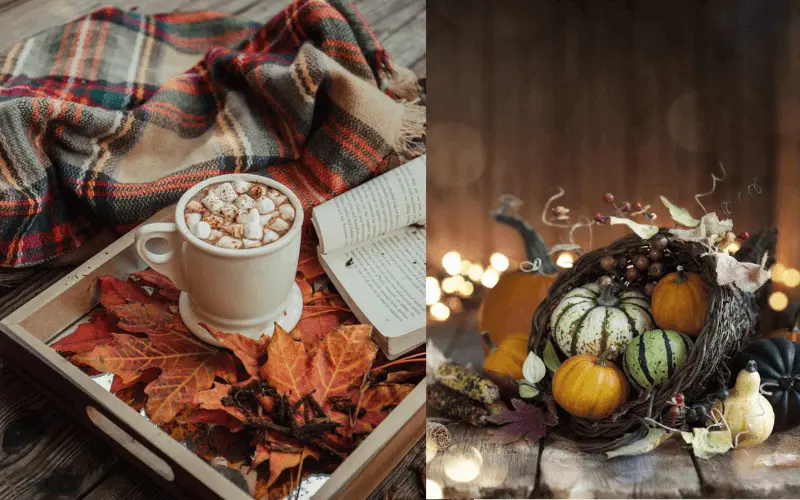
The name “Mabon” finds its roots in Welsh mythology, deriving from the Welsh God who was revered as the son of the Earth Mother Goddess. This God, also known as Mabon ap Modron, represents the youthful and divine masculine energy linked closely with nature and the cycles of life. In ancient Celtic beliefs, Mabon held a significant role in symbolizing eternal youth and the connection between the Earth and its inhabitants. His story intertwines with the changing seasons, particularly the autumnal equinox, signifying a time of transition and rebirth within nature’s rhythm.
So, let’s delve into the story.
The Story of Mabon ap Modron
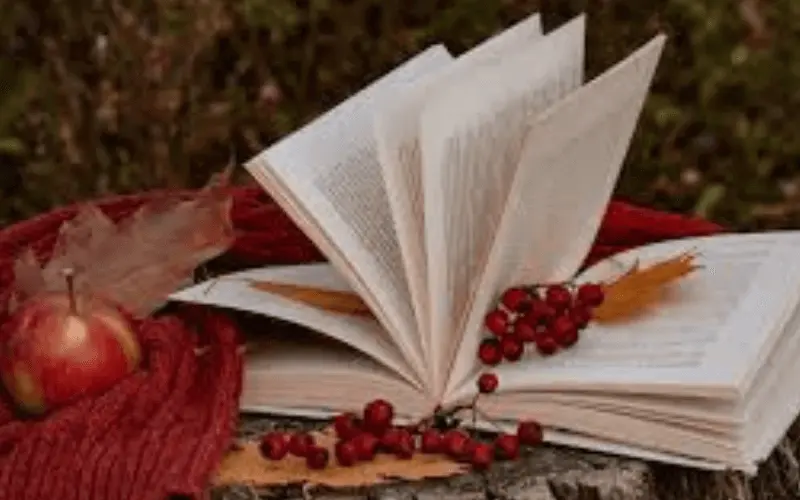
In Welsh mythology, Mabon ap Modron, also known as “the Divine Youth,” plays a pivotal role. Mabon, as a child, was taken from his mother Modron at birth. He was hidden away from the world, and as time passed, his absence plunged the land into darkness and despair. In a quest to find Mabon and restore balance, Arthurian legends narrate how King Arthur sought the help of various animals and magical beings. Ultimately, Mabon was discovered and freed from his captivity, symbolizing the return of light and the promise of renewal as autumn approached.
This myth signifies the cycle of life, the triumph of light over darkness, and the celebration of The Autumnal Equinox as a time of reunion and restoration.
History of Pagan Thanksgiving: The Second Harvest
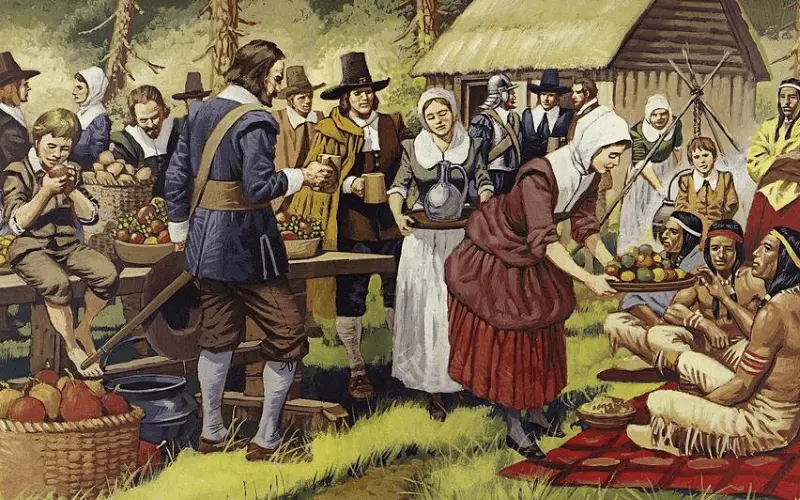
The history of The Autumnal Equinox spans ancient and modern times, rooted deeply in Welsh mythology and evolving through various cultural interpretations. In ancient times, The Autumnal Equinox was intricately woven into Celtic folklore, depicting the Welsh God’s role as the son of the Earth Mother Goddess. This narrative formed the foundation for early celebrations linked to the autumnal equinox and the harvest. Over time, these traditions evolved, adapting to different cultures and beliefs. In modern times, The Autumnal Equinox continues as a celebration of gratitude for nature’s abundance, encompassing both the tangible harvest and spiritual connections to the Earth.
Who Celebrates The Autumnal Equinox?

The Autumnal Equinox is celebrated by modern Pagans, particularly those inspired by ancient Celtic traditions. It’s a pagan fall harvest celebration rooted in ancient Celtic customs, observed by individuals who honor nature’s cycles and the significance of the autumnal equinox.
When Pagan Thanksgiving is Celebrated?
The Autumnal Equinox usually falls between September 21st to 24th, coinciding with the autumnal equinox when day and night are equally long in the Northern Hemisphere.
Here’s the table of when exactly The Autumnal Equinox 2024, 2025, 2026, and 2027 will be celebrated:
| Year | Mabon Date | Mabon Day |
|---|---|---|
| 2024 | September 22 | Sunday |
| 2025 | September 22 | Monday |
| 2026 | September 23 | Wednesday |
| 2027 | September 23 | Thursday |
What are the Symbols of Pagan Thanksgiving?
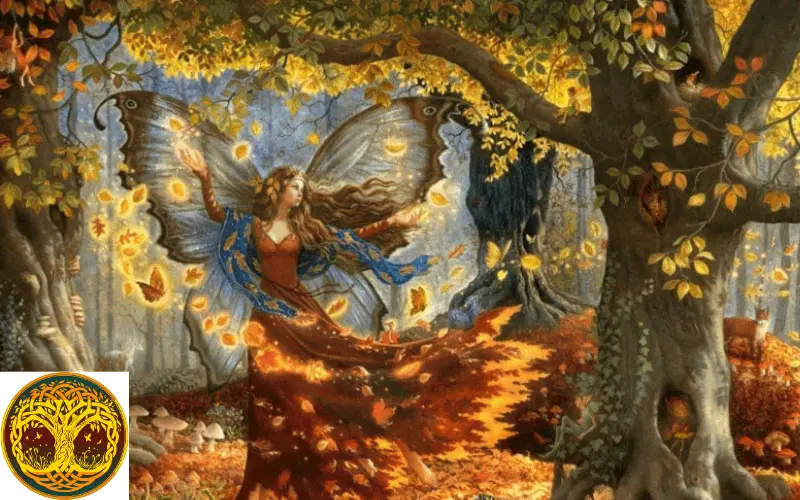
The symbols that honor the harvest and the acceptance of the earth’s seasonal shift. Among the noteworthy symbols associated with The Autumnal Equinox are:
How You Can Celebrate Pagan Thanksgiving?
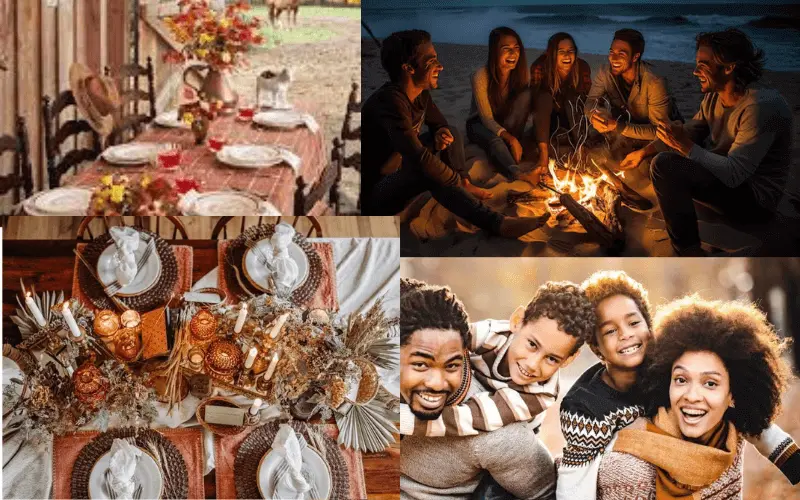
Different ways to celebrate The Autumnal Equinox, whether you are thinking of celebrating alone, with family, in community gatherings, or looking for a quick easy way to kick The Autumnal Equinox by welcoming the enchanting arrival of autumn. Then Stay connected for more:
What are the Common Practices of Mabon?
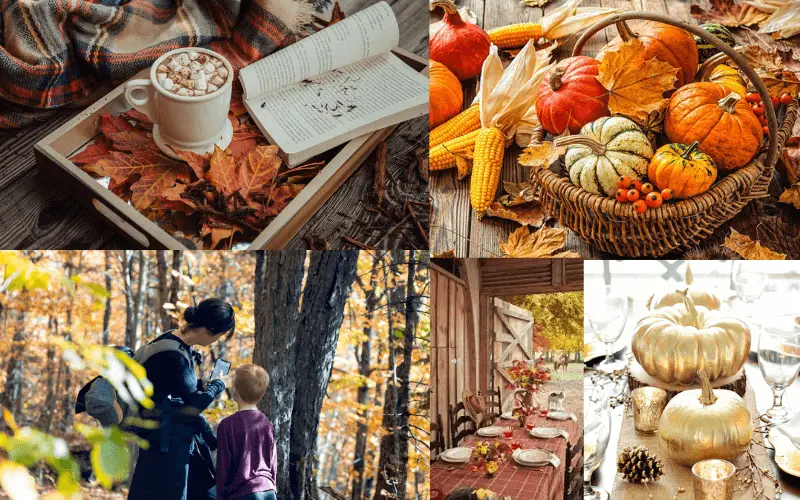
To embrace life’s bounty, several common practices took place during the Autumnal Equinox celebration below:
Read other Harvest Festival Guides by Days Discuss
Mid-Autumn Festival (Moon Festival)
Holi Festival 2024| All you need to know
Sukkot 101| Quick Guide to Celebrating this Joyous Festival
Songkran 2024 (Thailand’s New Year Water Fight Festival)
Chuseok 2024| Korean Thanksgiving and Harvest Festival Quick Guide to Celebrate
Thanksgiving Day: History, Global Celebrations, and 6 Amazing Games for Festive Fun
Conclusion
Mabon is a festival celebrating the fall season. It’s all about being thankful for nature’s gifts and the harvest. People dress up, have big meals, and do special rituals. It’s a time to be grateful and get ready for new things as the seasons change. Happy Mabon 2024!
Frequently Asked Questions
What is the meaning of Mabon?
Mabon, in its essence, signifies the pinnacle of nature’s abundance. It’s a pagan celebration that marks the Autumn Equinox, symbolizing the peak of harvest and the balance between light and dark as daylight begins to diminish. This festival embodies gratitude for the bountiful harvest and acknowledges the richness of nature’s gifts during this time of year.
What is the feast of Mabon?
The feast of Mabon, often recognized as the pagan Thanksgiving, is a celebration that mirrors the essence of giving thanks for the harvest. This festival, observed during the Autumn Equinox, symbolizes gratitude for nature’s abundance and is likened to a pagan version of Thanksgiving, where communities gather to honor the harvest’s richness and offer thanks for the season’s blessings.
What religion is Mabon?
Mabon is affiliated with pagan beliefs. This festival is observed within pagan traditions that emphasize reverence for nature, seasonal cycles, and earth-based spirituality.
Who invented Mabon?
Mabon, as a modern pagan celebration, was introduced by Aidan Kelly around the 1970s. Kelly played a significant role in popularizing and formalizing the festival within contemporary pagan practices.



